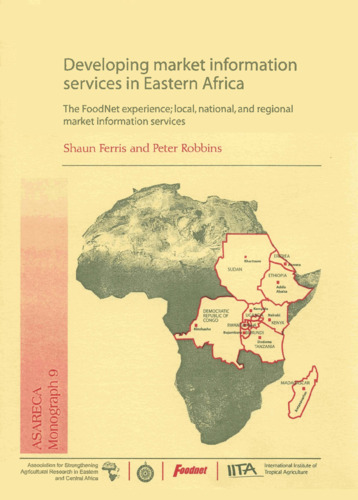Maize cowpea intercropping as affected by nitrogen fertilization
Abstract
Plant architecture and N fertilizer may limit the performance of intercropped maize (Zea mays L.) and cowpea [Vigna unguiculata (L.) Walpers] cultivars. This paper describes an experiment in which cultivars of maize and cowpea were intercropped and fertilized with varying rates of N. The cowpea cultivars tested included a semi-erect and photoperiod-insensitive cultivar, TV × 3236, and a photoperiodsensitive cultivar, Vita 5. Both were intercropped in factorial combinations with three maize cultivars: a short, early maturing cultivar, Population 49, the tall, highly vegetative cultivars, TZSRW and TZPB. All cultivars were grown in an Alfisol soil (Oxic Paleustalf, Egbeda series) with rates of 0, 40, 80, and 120 kg N/ha applied. Maize responded positively to N fertilization. Grain yields of maize increased 62% with N rates from 0 to 120 kg/ha, while average cowpea yield decreased 27%. The magnitude of these changes varied with maize and cowpea architecture and growth habits. There are available cultivars of maize and cowpea that are compatible for mixed cropping, especially at high rates of N application. The sensitivity of the various treatments used was improved by use of bivariate analysis.

